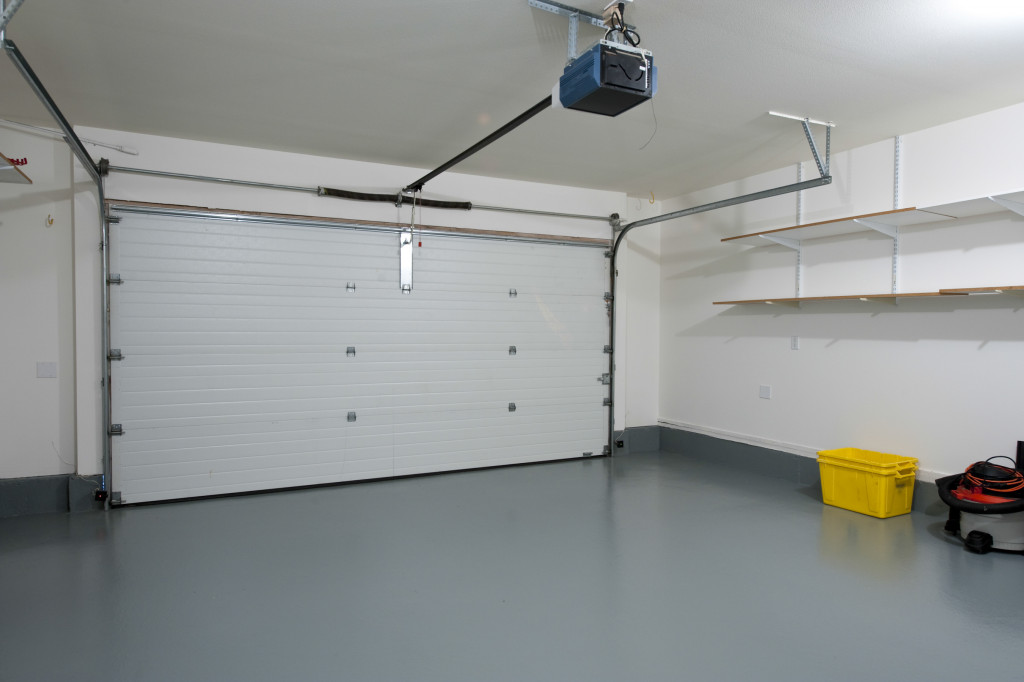- Assess your garage needs and determine the size requirements for the structure.
- Consider design elements that complement your home’s existing architecture and the type of doors you want to install.
- Plan for optimal functionality, including layout and organization of interior spaces.
- Establish a budget and timeline for completing the project to avoid unexpected surprises.
Are you planning to add a garage to your home or construct a new one on the property? Your garage can offer valuable storage for your vehicles and belongings and add to your property’s overall value.
Before jumping into the construction process, however, several factors must be considered to ensure you have the perfect garage. This blog will explore some critical aspects you must remember when planning your garage, including space requirements, design considerations, functionality, and more!
Space and Size Requirements
A garage is more than just a place to park your car – it can be a workshop, a storage area, or even a hangout spot. But before you start building or renovating your dream garage, it’s essential to determine the space and size requirements to maximize its utility and worth.
Assessing Your Needs
The first step in determining the right size for your garage is to assess your needs. Consider the number of cars you want to park and whether you need additional storage or workspace. A single-car garage typically measures around 12 feet wide, while a double-car garage should be at least 20 feet wide. If you require additional storage, a 24-foot wide garage offers ample room for two cars plus storage or workspace.
Garage Door and Ceiling Height
The height of your garage door plays a significant role in your garage’s overall space and size requirements. Standard garage doors are typically 7 feet high, which works for most vehicles.
However, if you have a taller vehicle, such as a truck or an RV, you will need a taller door – usually around 8 to 10 feet high. The ceiling height should also accommodate your vehicles and any storage solutions or lifts you may want to incorporate.
Design and Aesthetics

When constructing a new garage, it is crucial to consider how the design will complement your home’s existing architecture. Select styles, materials, and colors that make your garage feel like a seamless addition to the property. This is an excellent opportunity to coordinate with an architect, designer, or contractor to determine what styles and design elements will work best for your needs and location.
Additionally, consider the type of garage doors you’d like to install. The doors make a significant impact on both the appearance and functionality of your garage. There are countless garage door styles and materials, including traditional, carriage-style, or ultra-modern glass-panel doors.
Functionality and Efficiency
The functionality of your garage is an aspect that requires careful consideration as well. Plan the layout and organization of the interior for optimal use, considering the number of vehicles you need to accommodate, storage spaces required, and workshop areas, if any. Consider including cabinetry, shelving, and organizational systems for easy access and efficient use of space.
In addition, investing in ESD epoxy flooring solutions can also enhance your garage’s functionality and appearance. ESD epoxy is slip-resistant, durable, and has static dissipation properties that make it far superior to other types of flooring.
This stands up to moisture, weather, and even chemicals, meaning it can protect the floor for decades with minimal maintenance. This makes ESD epoxy a cost-effective solution offering excellent return on investment.
Budget and Timeline

Your budget and timeline will undoubtedly come into play when planning your garage project. Establishing a realistic budget to cover all costs associated with the construction process, including labor, materials, and permits, will help you avoid surprises.
Budgeting for Your Garage
The first step in creating your budget is determining how much space you need for the structure. This includes considering the garage’s interior and exterior dimensions and any additional features you want. Once you know the size of the system, it’s time to research materials and labor costs.
Creating a Timeline
Once you have established your budget, it’s time to create a timeline for completing your project. Start by estimating how long each task will take; this includes gathering materials, obtaining permits or other necessary documents from local governments, erecting walls and frames, installing siding or roofing material, etc. Ensure that all contractors are aware of deadlines so they can adjust their schedules accordingly if needed.
Final Thoughts
Building your dream garage takes careful planning, but it’s a project that can significantly enhance your property’s functionality, value, and aesthetics. With thoughtful planning and organization, you’ll soon have the perfect space to store your vehicles and belongings, work on projects, and even host gatherings in your newly built garage!

